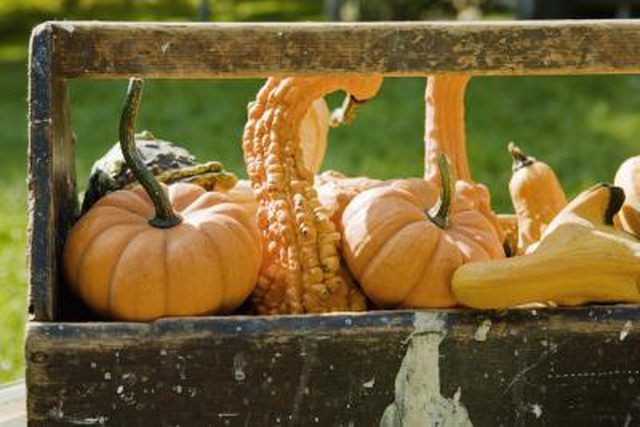Bulbs
Flower Basics
Flower Beds & Specialty Gardens
Flower Garden
Garden Furniture
Garden Gnomes
Garden Seeds
Garden Sheds
Garden Statues
Garden Tools & Supplies
Gardening Basics
Green & Organic
Groundcovers & Vines
Growing Annuals
Growing Basil
Growing Beans
Growing Berries
Growing Blueberries
Growing Cactus
Growing Corn
Growing Cotton
Growing Edibles
Growing Flowers
Growing Garlic
Growing Grapes
Growing Grass
Growing Herbs
Growing Jasmine
Growing Mint
Growing Mushrooms
Orchids
Growing Peanuts
Growing Perennials
Growing Plants
Growing Rosemary
Growing Roses
Growing Strawberries
Growing Sunflowers
Growing Thyme
Growing Tomatoes
Growing Tulips
Growing Vegetables
Herb Basics
Herb Garden
Indoor Growing
Landscaping Basics
Landscaping Patios
Landscaping Plants
Landscaping Shrubs
Landscaping Trees
Landscaping Walks & Pathways
Lawn Basics
Lawn Maintenance
Lawn Mowers
Lawn Ornaments
Lawn Planting
Lawn Tools
Outdoor Growing
Overall Landscape Planning
Pests, Weeds & Problems
Plant Basics
Rock Garden
Rose Garden
Shrubs
Soil
Specialty Gardens
Trees
Vegetable Garden
Yard Maintenance
Why Does Yellow Squash Rot on the Vine?
Why Does Yellow Squash Rot on the Vine?. Squash is a warm-season vegetable from the cucurbit family that also includes pumpkins, watermelons and cucumbers. Squash comes in a variety of shapes and colors, including yellow, and grows on prostrate vines with bright yellow flowers. A fungal disease causes the vegetable to start rotting on the vine.

Squash is a warm-season vegetable from the cucurbit family that also includes pumpkins, watermelons and cucumbers. Squash comes in a variety of shapes and colors, including yellow, and grows on prostrate vines with bright yellow flowers. A fungal disease causes the vegetable to start rotting on the vine.
Identification
Squash is susceptible to black rot disease, a phase of gummy stem blight, caused by Didymella bryoniae. The fungus infects the vegetable both prior to harvest in the field and while in storage.
Damage
The disease starts with yellow, irregular spots on the vegetables. With time the spots become grayish-brown and water-soaked and eventually turn black. Rotting areas become wrinkled and dark dots form fungal fruiting bodies. As spots enlarge, they take on a sunken look.
Management
Use well drained soil for planting and avoid overhead irrigation as excessive moisture favors fungal growth. Control powdery mildew fungus on the vegetables as this makes plants prone to black rot fungus. The University of Connecticut Extension recommends curing harvested squash at 85 degrees Fahrenheit for two weeks prior to storage.